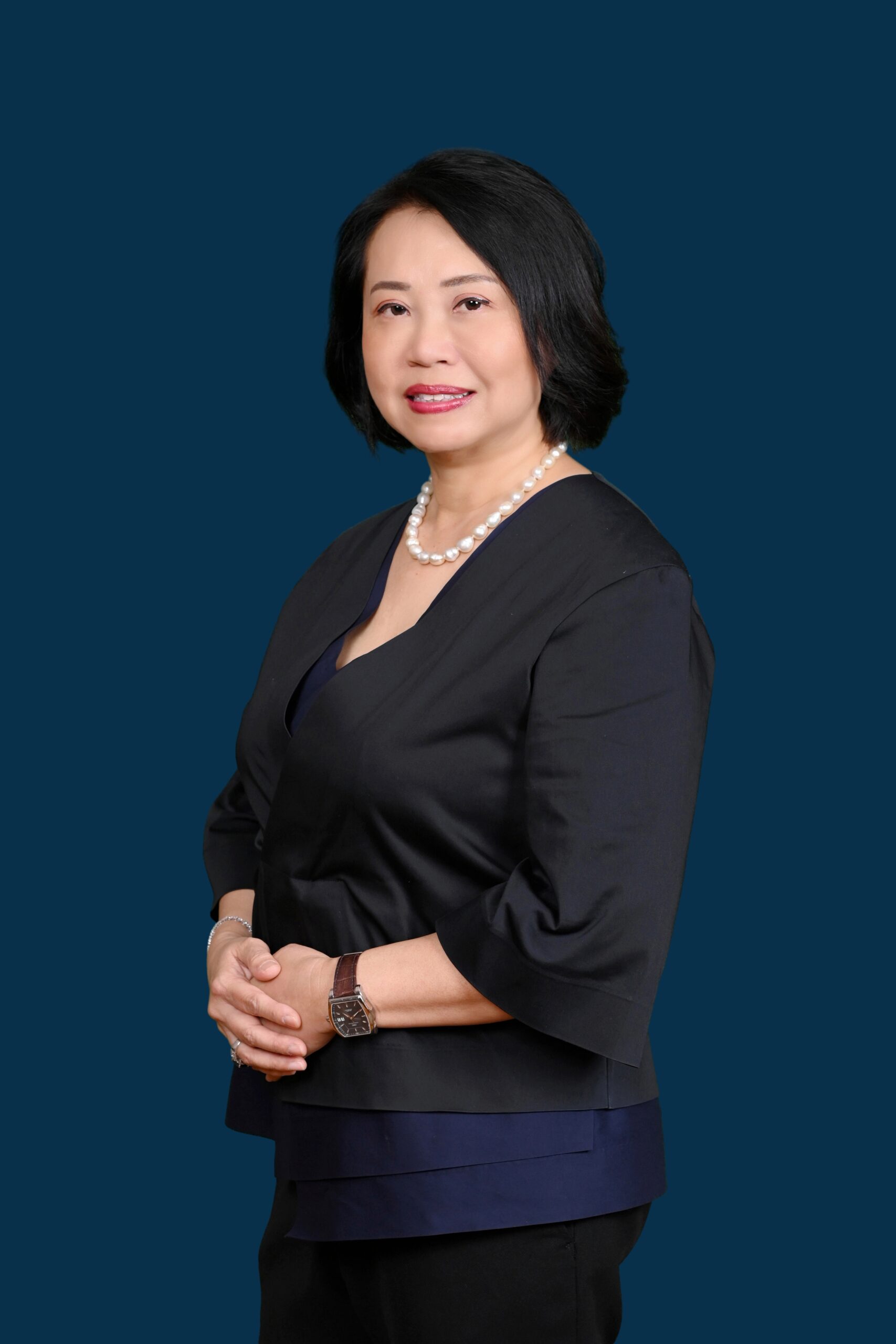Industry leaders at the Offshore Marine Forum (OMF) in Singapore said companies should be prepared to take advantage of the upside in oil prices, with an expert forecasting prices to start recovering from October.
The forum’s keynote speaker, Mr Jarand Rystad, a global expert on oil macro analysis and Managing Partner of Rystad Energy, said now is the “time for the opportunist”, and those with deep pockets and shareholders willing to forgo short term dividends are best placed to capitalise.
The base case prediction by Mr Rystad is that oil prices will rise to US$80 by 2018, and up to US$105 by 2020.
Leaders present on the forum’s panel including Mr Yew Yuen (Y.Y.) Chow, CEO of Keppel Offshore & Marine; Mr Ron Mathison, Managing Director of Swire Pacific Offshore; Mr Geir Sjurseth, Managing Director at DVB Bank SE; and Mr Carl K. Arnet, CEO of BW Offshore, agreed with predictions for improving prices, and commented that US$50-$60 per barrel is a realistic breakeven point for offshore drilling projects.
The panel discussion was moderated by Mr Andreas Sohmen-Pao, Chairman of BW Group and the Singapore Maritime Foundation.
Mr Rystad further highlighted that the current downturn is a result of a temporary oversupply, and not a structural shift in demand for oil.
“Even if you make very aggressive forecasts on current trends such as electric cars, LNG shipping and alternative energies, these won’t make any meaningful structural impacts on the oil industry for another 10-20 years,” he said.
On opportunities, Mr Mathison commented, “The question is, have we hit bottom yet, and how long before we see the market recovering? Companies must take a view on this before assessing investment opportunities in the downturn.”
Looking to the year ahead, the panellists shared what opportunities their businesses in the region will look to capitalise on in the coming year.
Mr Arnet said, “In the near term, we are targeting more projects that are infrastructure rather than solely driven by oil and gas prices. We also look at how we can capture some of the upside when prices come back, such as accepting more oil price risk/upside in our contracts.”
Mr Sjurseth shared that even as prices improve, “It will take 12 to 18 months for the benefits to flow through to their clients”. He added, “With four hard years ahead, many will not survive this downturn. However, subject to relevant stakeholders’ contributions, DVB will continue to support clients who are taking proactive measures to preserve cash and deleverage their balance sheet.”
Mr Mathison said, “We are taking the view that it will take two to three years before we see an upturn in the utilisation and charter rate for offshore AHTS and PSV operators, and until then our focus is on cutting costs while maintaining safety and quality. We are also keeping an eye on opportunities as we move to the latter stages of the downturn.”
Mirroring the view, Mr Chow highlighted the importance of monitoring the situation to not only find solutions to counter-party risks, but also identify opportunities.
“At this time, it is important that we right-ˇsize our organisation so that even if our top-line comes down, we can manage our costs. We will also focus on securing non-oil and gas opportunities that can enable us to utilise our offshore equipment such as power projects,” he said.’
Closing the panel discussion, Mr Rystad advised the industry against dangerous further slashing of resources to avoid missing opportunities on the upside.
He said, “The top 400 companies cut 250,000 people last year, and will cut another 250,000 by year end, representing the biggest job cuts of the oil service value chain in history. This is worrying as it could result in large cost inflation from 2018 onwards when the market recovers”
Speaking at the Sea Asia 2017 launch function which followed the Offshore Marine Forum, Seatrade Chairman Chris Hayman said these important industry discussions will be continued at next year’s Sea Asia, an event which has firmly established its position as the leading platform for debate and analysis on key issues in the maritime and offshore industry.
“Sharing insights on current industry issues and finding solutions to be prepared for any ongoing developments in the industry requires collaboration across all sectors. Next year’s Sea Asia will see the leaders of the maritime and offshore sectors come together on a single key platform to discuss new ideas and solutions in light of any potential shifts and issues in the industry.
“We look forward to welcoming some of the bigger names in the industry for Sea Asia next year and once again, make the event one that Singapore and the region can take pride in,” said Mr Hayman.
Sea Asia 2017 will be held in Singapore at the Marina Bay Sands®, Singapore from 25-ˇ27 April 2017.





